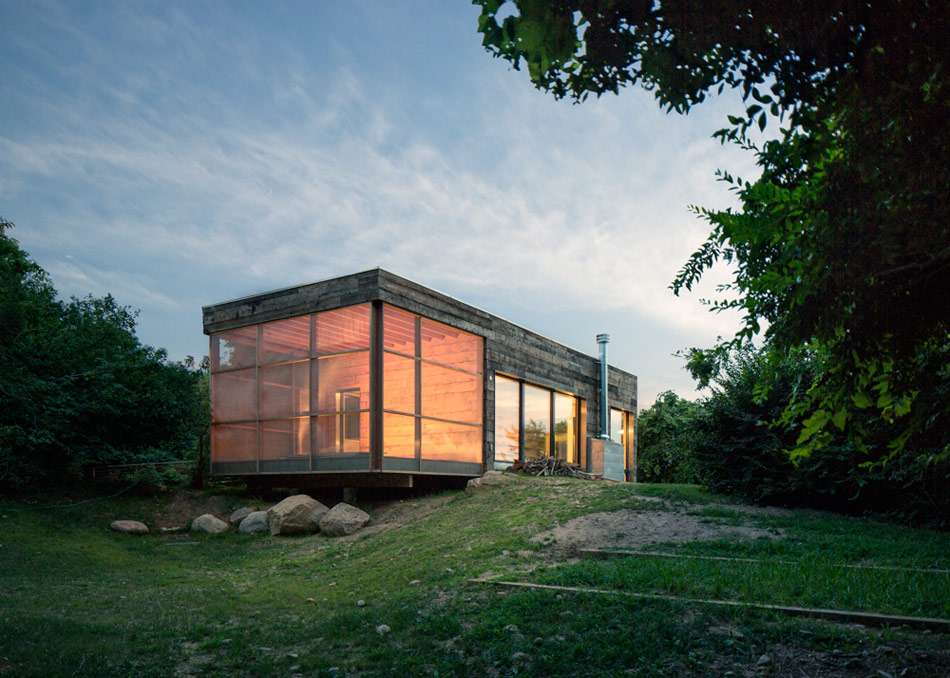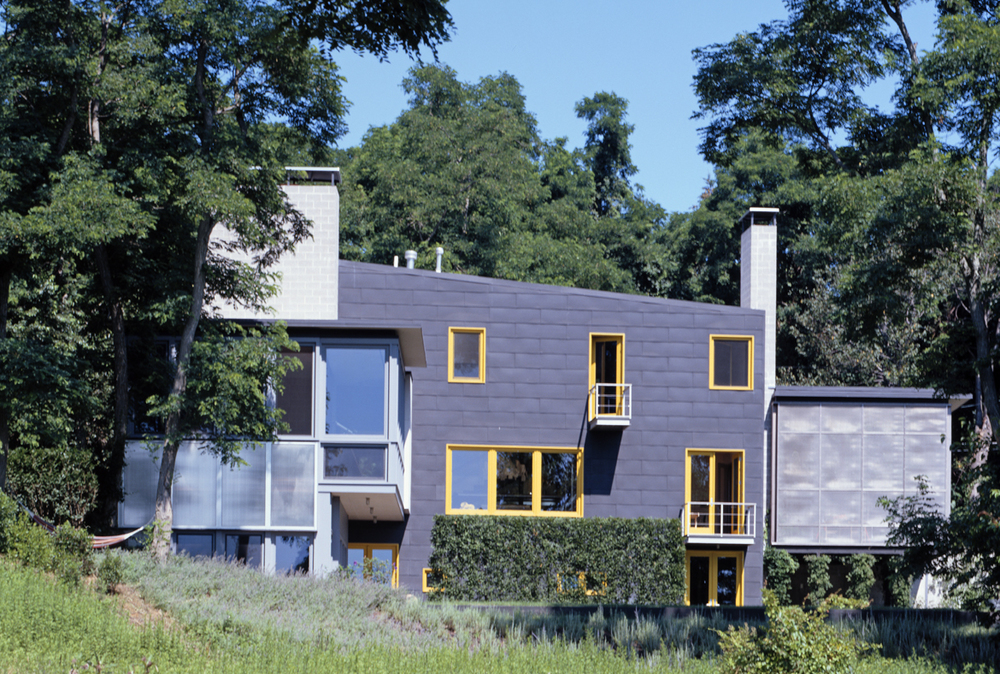Passive House design is the greenest of green architecture. Passive Houses are well insulated, virtually airtight buildings that require little energy for heating or cooling and are primary heated by the sun. The application of the Passive House standards can decrease the overall energy consumption of building by an astounding 75 percent, making them not only an attractive choice for prospective home owners, but also the right choice for home renovations and home remodeling projects.
The Passive House standard provides the road map to design all kinds of building – commercial, residential, institutional and even high-rise structures – that consume minimal amounts of energy.
There is always an infinite variation in individual building design, but to achieve the ultra-efficiency, Passive House designers rely on the a set of common principles:
- Insulate well and thoroughly
- Achieve airtightness
- Install high-performance windows for solar gains and sunscreens to avoid overheating
- Prevent thermal bridges and provide constant fresh air through highly efficient heat recovery ventilation (HRV) system
- A compact building form and proper solar orientation also remain near the top of the list of considerations for maximizing energy efficiency
- The interior temperature is optimized, designed to be approximately 20 degree Celsius (68 degree Fahrenheit)
In this controlled indoor environment, surface is close in temperature of that of the surrounding air. Cold spots and drafts that cause thermal discomfort – and often lead to condensation or mold – are eliminated through air tightness and a continuous thermal envelope, while operable widows can be used for summer night cooling when humidity is low. A balance between a filtered fresh air supply and the extraction of exhaust air can even help minimize allergies and asthma.
Why Are Passive Houses Important?
The answer is simple: The Passive Houses reduce energy consumption and therefore the environmental pollutions. The current architecture – residential, commercial, and industrial buildings and their construction materials – account for nearly half of all energy used in this country each year and collectively we can take the essential steps to reduce the energy consumption and reduce pollutions.
How Can I Design and Build A Passive House?
The Passive House Institute issues a checklist intended to make it easier for your building to achieve the Passive House Standard and potentially “Certified Passive House” status by outlining the most important steps in the process. It draws particular attention to the quality control that accompanies the construction of a Passive House. A work in progress, this list is not necessarily complete. If you would like to make your next house a Passive House follow the checklist developed by The International Passive House Institute.
Here are some compelling examples of Passive Houses that are not only remarkable for their high energy efficiency, but also for their elegant and forward-thinking design:
Reference:
http://www.passivehouse-international.org
The Greenest Home by Julie Torres Moskovitz, Princeton Architectural Press, New York 2013
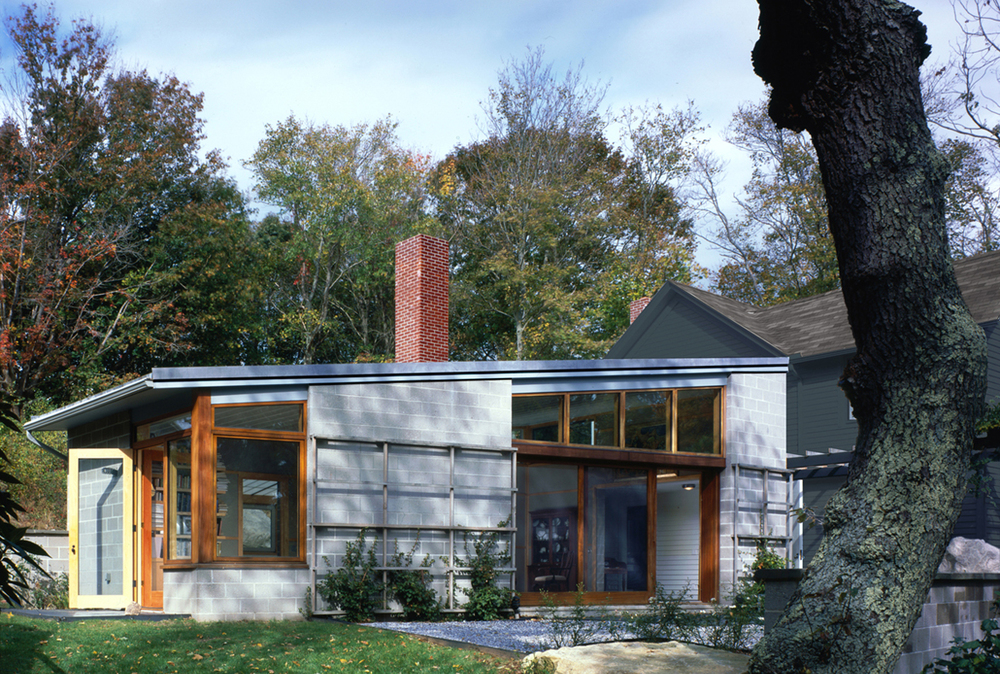
Fisher Islan House by Ryall Porter Sheridan Architects. This addition to an existing house provides the owners with a new living room and master suite connecting directly to their beloved garden. The wing is constructed of low maintenance and environmentally friendly materials: concrete block walls, concrete floors, and interior walls of compressed, recycled newsprint.
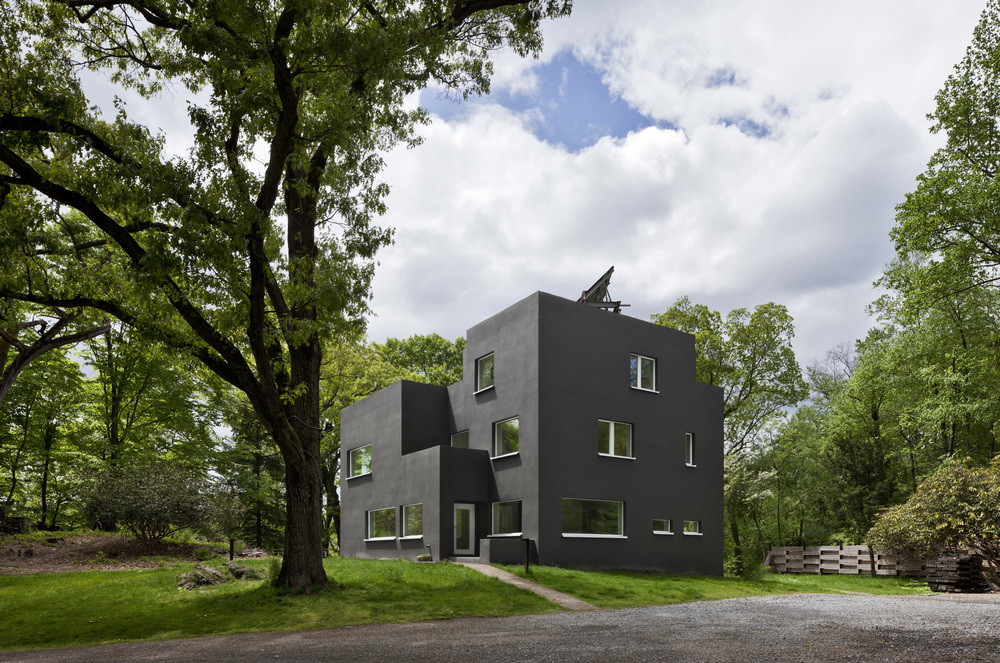
Westport House by Ken Levenson and Douglas Mcdonald 2011. This single family renovation was in someways the radical project – and certainly the most visually stunning. Working closely with the client and homeowner, Doug Mcdonald, we transformed an abandoned and fast deteriorating 1936 modernist concrete house into a Passive House retrofit – re-purposed for the needs of a modern family of five.
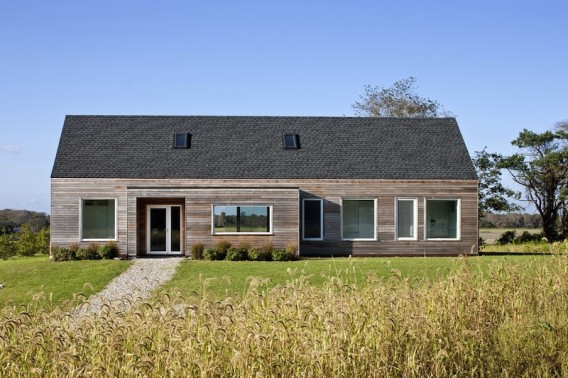
Little Compton Rhode Island by ZeroEnegy Design 2011. A sleek, simple, gable roofed structure was designed and proposed with the Passive House standard. A combination of exceptional insulation, air sealing, high performance windows, and solar gain reduces the space conditioning requirements to a mere fraction of a typical home, and uses only a very small heating system.

